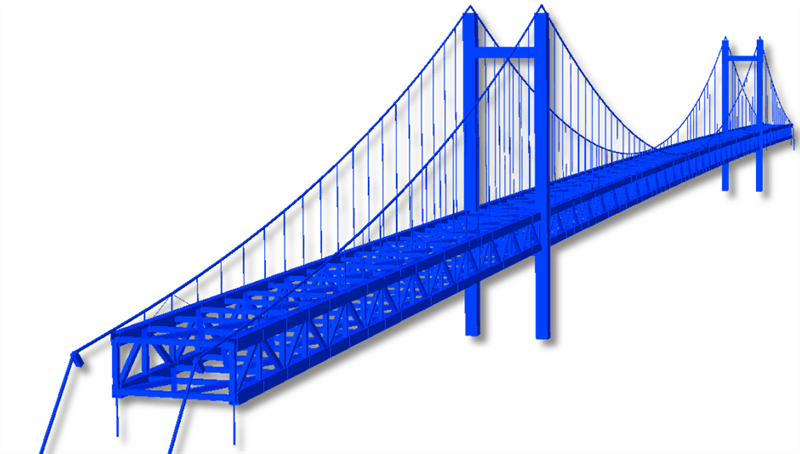


The Yi Sun-sin Bridge was opened to traffic in February 2013. Runyang Bridge on the Yangtze River connects the cities of Yangzhou and Zhenjiang. Nanjing 4th Yangtze River Bridge is the sixth longest suspension bridge in the world. Humber Bridge spanning the Humber Estuary served 6.43 million vehicles from 2011 to 2012. Jiangyin dual three-lane bridge connects the cities of Jiangyin and Jingjiang in Jiangsu Province, China. A night view of the Tsing Ma Bridge, which spans the Ma Wan Channel. Hardangar Bridge, the tenth longest suspension bridge in the world, was commissioned in August 2013. Image courtesy of Bjørn Christian Tørrissen. The bridge is designed for a 100-year lifespan and is built to withstand up to 148km/h wind speeds. It consists of twin box girders made of an orthotropic steel structure that used 11,000t of galvanised steel wire. Great Belt Bridge, also known as the East Bridge, connecting Halsskov and Sprogø is the third longest suspension bridge in the world and the longest outside Asia. The suspension bridge spans the Eastern Channel, which is an international waterway. The bridge has a main span of 1,624m, and total length of 6,790m. The bridge was opened to traffic in 1998 after nearly ten years of construction. It was built as part of the Storebælt road project. Dissing+Weitling architecture in collaboration with COWI provided the bridge design and A/S Storebælt maintains the bridge. Two parallel cables, each measuring 3km-long and 83cm in diameter, carry the road. Corrosion-proof steel wires hold the cables together. The caissons for the 254m-high pylons of the bridge weigh 32,000t each.

They are placed on stone cushions to provide a stable base.


 0 kommentar(er)
0 kommentar(er)
